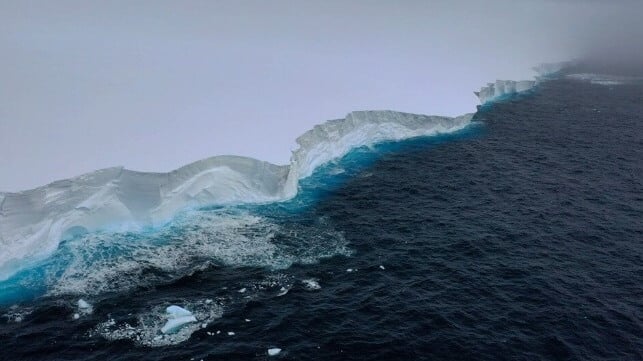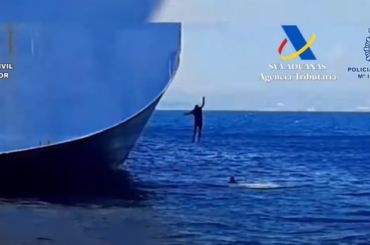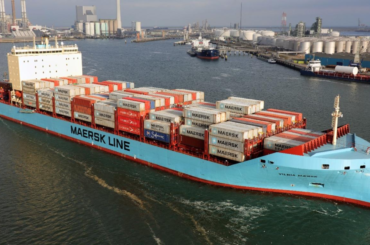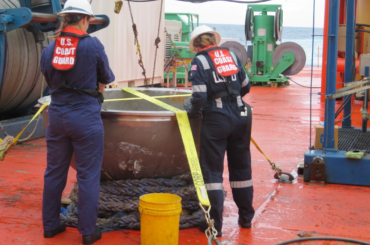A British research vessel has succeeded in collecting samples of water next to the world’s largest iceberg, A23a, which recently drifted off into the Weddell Sea after four decades spent aground.
RRS Sir David Attenborough (best known as the subject of the “Boaty McBoatface” naming contest) happened to pass near the newly-drifting iceberg last week at a position just off the Antarctic Peninsula.
“It is incredibly lucky that the iceberg’s route out of the Weddell Sea sat directly across our planned path, and that we had the right team aboard to take advantage of this opportunity. We’re fortunate that navigating A23a hasn’t had an impact on the tight timings for our science mission,” said Dr. Andrew Meijers, the chief scientist aboard the research vessel.
A23a is about 1,500 square miles in size, or roughly 70 times the size of Manhattan. It was once part of the Antarctic ice shelf and even hosted a Soviet research base for years – until 1986, when it split off and promptly drifted aground in the Weddell Sea. There it stayed until this November, when it refloated and began to slowly depart the region. High winds, strong currents and a thinning base likely contributed to the resumption of its voyage.
Scientists say that A23a is now likely to be swept along by currents into “iceberg alley,” the route that many icebergs take on their way to the remote island of South Georgia. Sir Ernest Shackleton famously made use of the same route to evacuate his crew after the sinking of his ship, the Endurance, back in 1916.
There is some concern that if A23a arrives off South Georgia and runs aground again, its sheer size could disrupt the feeding routes used by the penguins and seals that inhabit the island. An even larger iceberg, A68, came close to grounding off South Georgia in 2017; luckily for the penguin colonies, A68 broke up before arrival.







